Norway, a land of breathtaking scenery, flowing fjords and vibrant cities, is also home to a rich cultural heritage deeply rooted in historical traditions. From ancient Norse customs to contemporary celebrations, Norway’s traditions have evolved over centuries, shaping the identity of its people.
Let’s delve into the diverse tapestry of Norwegian traditions, discovering everything from popular leisure activities to Norwegian cuisine, festivals and social norms. Without further ado, here are 20 top traditions in Norway to help you learn more about the fascinating Norwegian culture.
Outdoor Exploring: Right to Roam
One of the most important aspects of Norway’s culture is outdoor living, so much so that the ‘right to roam’ enshrines in Norwegian law the right that everyone has to explore nature freely. Exploring the great outdoors by participating in fun activities, such as skiing, hiking, kayaking and cycling, is a staple of Norwegian culture that begins in childhood.
Many Norwegian children go with their parents or carers on hikes in the woods and paddling in the beautiful waters around the country. This sparks a love of nature that starts from a young age and carries through into adulthood, to eventually be passed onto the next generation.
Cabin Culture: Cozy Among the Woods
If you’re wondering ‘what is the culture of Norway?’, a key part of the Norwegain culture is, in fact, cabin culture. Norwegian people love to get cozy in cabins in the woods, mountains or by the coast. Many Norwegian own cabins as a second home, giving them an easy and convenient way to spend time in nature together. Often, cabins are passed down through families.
Known as ‘hytte’ in Norwegian, cabins are the perfect place to rest after a dayof hiking through the forest or skiing in the mountains. Visitors to Norway can also enjoy a taste of cabin culture as there are many cabins available to rent as vacation accommodation all over the country among spectacular landscapes.
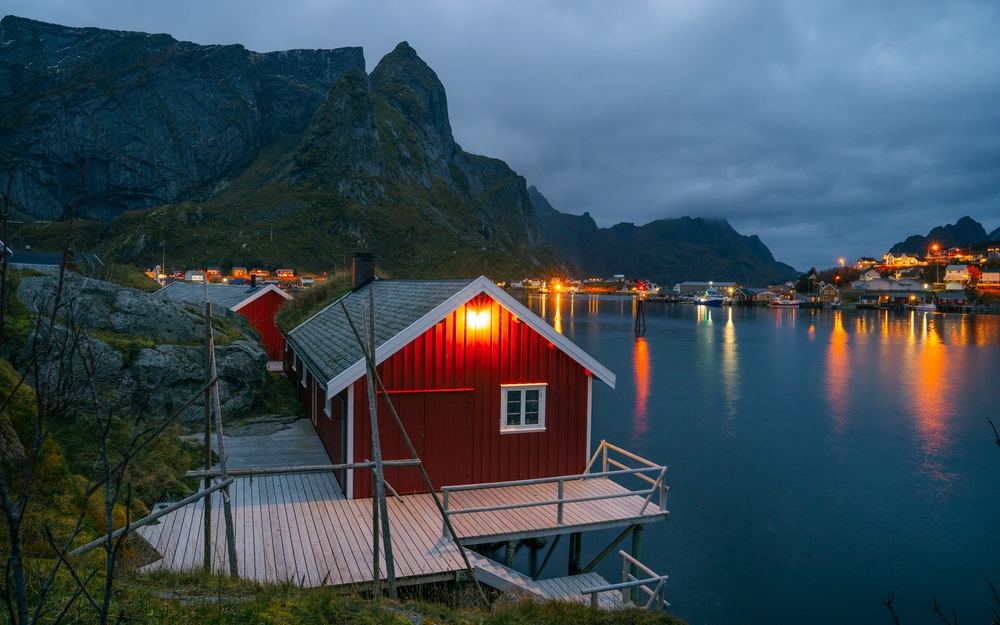
Fresh From the Sea: Pickled Herring For Breakfast
Being a coastal nation, eating fresh fish and seafood is a key part of the culture of Norway. One of the Norwegian cultural norms you might be surprised by is the tradition of eating pickled herring for breakfast. A commonly-eaten fish in Norway, herring is often salted and pickled by Norwegians in their homes before gracing the breakfast table along with some bread and brown cheese.
In Victorian times, a common Norwegian breakfast was a bowl of porridge with some pickled herring sprinkled on top. Nowadays, it’s usually eaten as part of a savoury breakfast; slices of onion and caviar are popular accompaniments for a traditional pickled herring dish in the morning.
Camping: A Staple of Norwegian Culture
Unsurpisingly, due to their love of nature and outdoor exploring, camping in Norway is a much-loved pastime of Norwegians. It’s legal in Norway to camp almost anywhere across the country, as long as you’re at least 150 meters away from any buildings, only stay for one night and leave the area in the condition that you found it.
With a whole country of breathtakingly beautiful landscapes, from mountains and fjords to forests and coasts, Norwegians definitely don’t have a shortage of incredible camping locations to choose from! As well as traditional camping with a tent, traveling by campervan in Norway is another super popular way to see this amazing country.
St. Olaf's Day: Commemorating Norway's Patron Saint
St. Olaf's Day is on July 29th and pays homage to St. Olaf, the patron saint of Norway. A traditional Norwegian celebration, St. Olaf’s Day has been observed for over 900 years! This celebration is deeply rooted in the country's Christian history, as St. Olaf, who was a King of Norway, played a pivotal role in converting the Norse people to Christianity during the 11th century.
Pilgrimages to Nidaros Cathedral in Trondheim, where St. Olaf is buried, are a significant aspect of this tradition. The day is marked by religious ceremonies, processions and cultural events that highlight the fusion of the Christian faith with Norwegian identity.
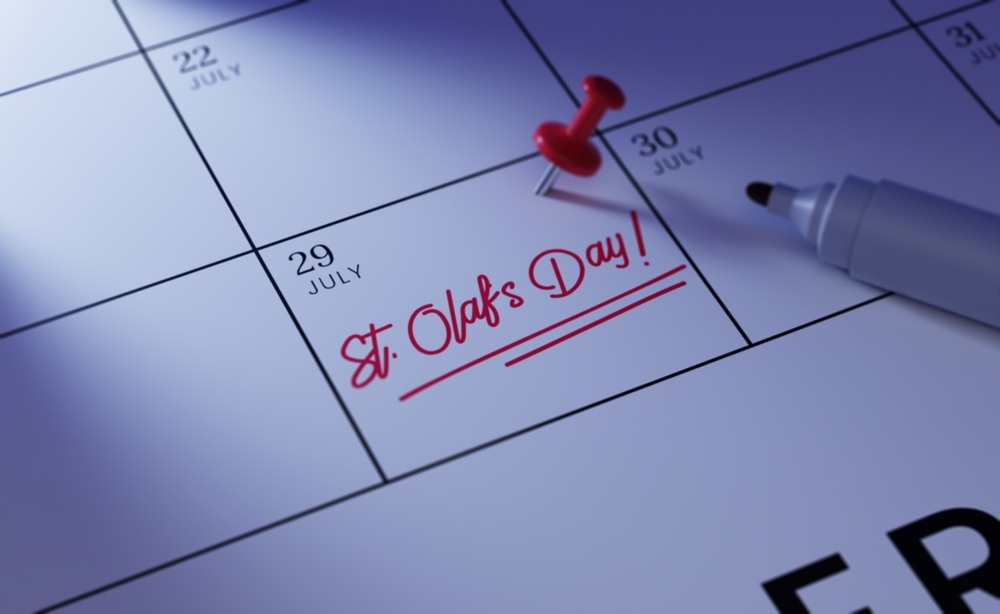
Utepils: First Beer in the Sun of the Year
One of the most fun customs in Norway is utepils, which is the practice of drinking beer outside in the sun on the first sunny day of the year. ‘Ute’ means outdoors and ‘pils’ means lager, creating an enjoyable recreational activity that brings everyone together to enjoy a drink in the warming weather.
Another aspect of Norwegian culture that focuses on outdoor living, utepils can be enjoyed in one of the lovely cobbled streets in Norway’s charming coastal villages and mountainous towns, or among one of the up-and-coming street food markets in the country’s vibrant cities.
Norway’s National Day: A Tapestry of Flags, Parades and Festivities
One of the biggest celebrations and traditions in Norway is Norway's National Day on May 17th, which is a jubilant affair marking the signing of the country's constitution in 1814. Unlike many other nations, Norway's National Day is characterized by a strong sense of community, rather than military displays.
The day begins with children's parades, where schools, marching bands and community groups proudly display their local and national colors. The streets are adorned with the red, white and blue Norwegian flag, people eat lots of ice cream and people of all ages come together to celebrate Norwegian history and culture.
Bunads: Symbolic Attire Connecting Generations
The bunad is a traditional Norwegian costume that varies in design, color and accessories based on region and gender. Wearing a bunad on Norway’s National Day in May is a significant and symbolic tradition that connects individuals to their ancestral roots and local heritage.
The intricate embroidery, patterns and colors of the bunad often reflect the specific traditions of a particular area. Many Norwegians take great pride in donning their bunads during special occasions such as weddings, confirmations and, of course, on Norway's National Day.
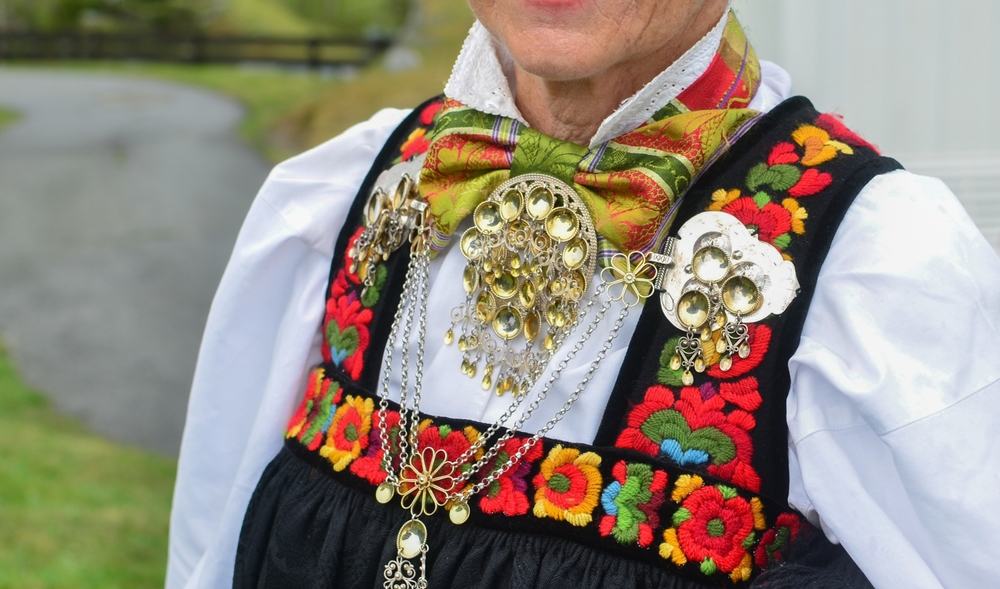
Sami Traditions: Embracing Indigenous Culture
Norway is home to the indigenous Sami people, whose traditions and customs are an integral part of Norway’s cultures and traditions. The Sami people, known for their distinctive clothing, language and nomadic lifestyle, have a rich heritage that spans across northern Scandinavia.
The annual Sami National Day on February 6th celebrates the establishment of the first Sami Parliament in 1917. This day is marked by cultural events, traditional performances and the showcasing of Sami art and crafts. Reindeer herding, a traditional means of Sami livelihood, is also celebrated, highlighting the importance of preserving indigenous cultures in contemporary society.
Joik: One of The Oldest Musical Traditions in Europe
Believed to be one of the oldest musical traditions across the European continent, a joik is a unique type of musical expression performed by the Sami people. Often deeply personal and spiritual songs, this folk music tradition shares some similarities to the music of Siberian shamans, which often mimics the sounds of nature.
Legends say that Arctic fairies and elves gifted joiks to the Sami people. The Norwegian native culture of the Sami people doesn’t have a written language, so there’s no record of the history of joik, although this ancient art form has been passed from generation to generation.
Aquavit: Norway’s National Drink
As Norway’s national drink, the distilled spirit, Aquavit, was first produced in the 15th century and has an impressive 40% ABV. Often flavored with caraway spices and sometimes with dill, aquavit is often drunk during popular Norway traditions and celebrations, such as Christmas and Midsummer.
The name aquavit derives from the Latin aqua vitae, which means water of life! Norwegian aquavit is made from potatoes and is often yellow, whereas other Scandinavian countries make aquavit from grains, which makes the drink light in color or even clear.
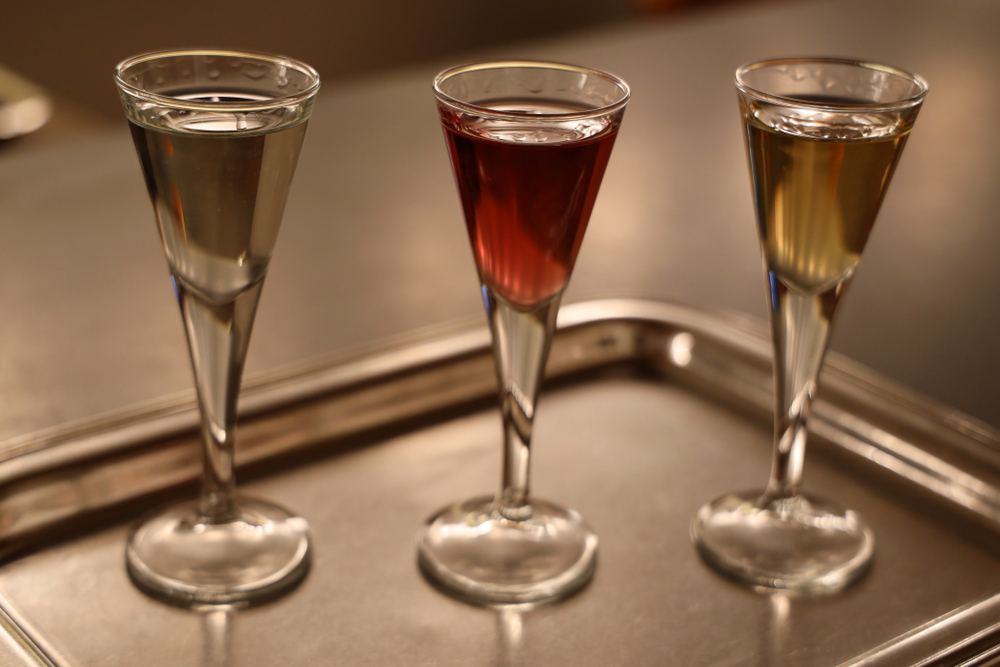
Trolls: Importance of Norse Mythology
Trolls occupy a key place in Norway's culture, having captured the imagination of Norwegians for centuries. A recurring creature in legends, myths, sagas and fairytales, these mythical creatures from Nordic folklore are portrayed as supernatural beings that dwell in caves and stay away from humans, but if they do come into contact with humans, they’re not the most helpful!
Some stories depict trolls as causing blizzards, rock slides and all manner of dangerous weather and geological events. People believed that trolls never ventured out during the day because sunlight would turn them to stone. Trolls are such an integral part of Norwegian culture and history that there’s even a famous hiking route called Trolltunga, which mean’s ‘troll’s tongue’.
Kos: Norway’s Version of Hygge
You might have heard of hygge, which is a Danish concept all about coziness, warmth and things that are good for the soul. Well, kos is Norway’s version of hygge, which is all about the simple pleasures of life, slowing down, relaxing and being mindful.
Kos encompasses many wholesome Norwegian beliefs about being grateful for the simple things in life, such as being warm and cozy by a fire, or experiencing an incredible fjord view while hiking with a loved one. Kos is a great concept to keep in mind to make sure you enjoy every minute of your epic Norway road trip.
Dugnad: Community Volunteer Project
A dugnad conveys the importance of the community and collective in Norwegian culture and traditions, as this Norway custom involves coming together to tidy, paint, clean or fix things in an apartment block or housing estate. Schools and other clubs organise a dugnad in order to help their local community and it’s usually held on Norway’s National Day in May.
These neighborhood volunteer days date back centuries, usually involve manual labor and help to bring people together to make a difference. Surely the most wholesome of all the traditions of norway, dugnads still take place in the modern day!
Julebord: Christmas Festivities Norwegian Style
Christmas in Norway is a magical time filled with traditions that blend ancient customs and modern celebrations. One of the best Norwegian customs for foodies, a julebord is a communal banquet that dates back many centuries ago. Julebord, which means Christmas table, is a festive feast that typically takes place in the weeks leading up to Christmas. It’s a time for colleagues, friends and family to gather and indulge in a variety of traditional dishes.
The Julebord menu often features lutefisk (dried fish), ribbe (roast pork belly), pinnekjott (cured and dried lamb) and a variety of seasonal desserts. The atmosphere is one of warmth and camaraderie, with traditional decorations and music adding to the festive spirit.
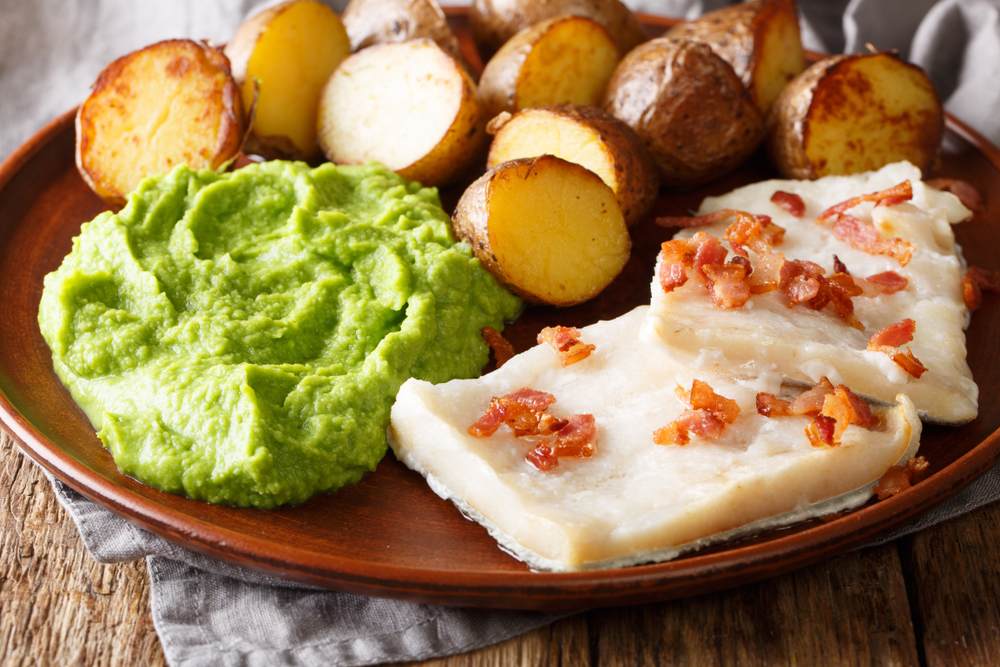
Janteloven: Norway’s Social Codes
Janteloven, or the Law of Jante, is a social code or set of laws about social attitudes that actually originate from fiction and explain why Norwegians act as they do. These laws encompass the importance of the collective over the individual, which exists across Scandinavia.
A key part of janteloven is not being jealous of others and not boasting about individual achievements or accomplishments, but rather supporting and celebrating the community and society. Actually, some Norwegians believe that janteloven is holding the country back from participating in startup culture and achieving its potential on the world stage.
Slow TV: The Opposite of Fast-Paced Consumerism
Another of the coziest traditions in Norway, slow TV is all about slow, relaxing and immersive everyday content. For example, one broadcast was the spectacular views along the Oslo-Bergen trainline in real-time and another showed a ferry journey along the Norwegian coast that lasted for over 130 hours!
Other examples of slow TV broadcasts showcase important aspect of Norwegian customs and culture, such as hours of live sheep shearing and a National Knitting Night, including discussions about knitting – cute!
Midsummer Celebrations: Embracing the Midnight Sun
Midsummer, or ‘Sankthansaften’, is a celebration of the summer solstice and the long days of sunlight in Norway, including the stunning Midnight Sun. Traditionally associated with pagan rituals, Midsummer celebrations have transformed into a time of joy and outdoor activities.
The most important custom of all the cultural traditions in Norway at Midsummer is lighting bonfires along coastlines, lakeshores and hilltops, symbolizing the banishment of evil spirits. Families and friends gather for picnics, games and traditional dances, creating a sense of unity and joy, embracing the beauty of the Norwegian summer.
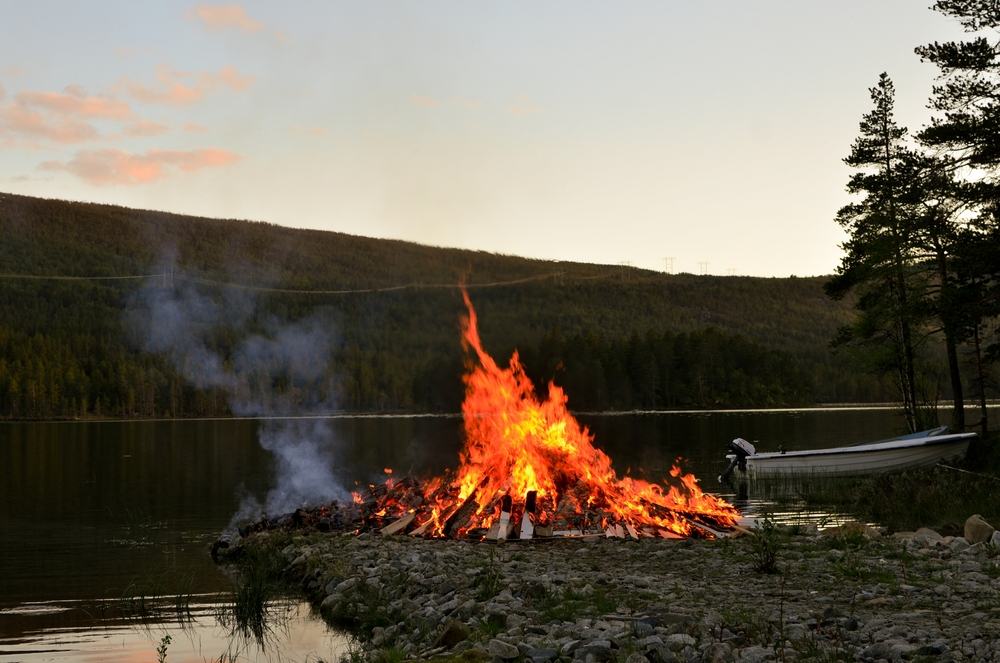
Easter Traditions: A Blend of Religious and Folk Customs
Easter in Norway is a blend of religious observances and age-old folk customs. The ‘Easter crime’ tradition involves reading crime novels during the holiday, with many television channels airing crime dramas at this time to coincide with this theme.
One of the most cherished Easter traditions is the decorating of eggs. Intricately designed and painted eggs, often featuring vibrant colors and intricate patterns, are displayed as symbols of new life and rebirth. Families also engage in outdoor activities such as skiing and hiking during the Easter break, taking advantage of the emerging springtime.
Modern Festivals: Fusion of Global and Local Influences
While rooted in its rich history, Norway is also a modern and dynamic society that embraces a diverse range of influences. Music festivals, such as the Oya Festival in Oslo and the Trondheim Calling Festival, showcase the vibrant contemporary music scene in Norway.
Food festivals, literary events and art exhibitions contribute to this rich cultural tapestry, blending global trends with Norwegian customs and traditions. These events demonstrate Norway’s ability to actively engage with the evolving international world, while preserving its heritage.
Experience Norway’s Rich Cultural Traditions For Yourself!
With elements of ancient Norse customs, Christian influences, indigenous Sami culture, and modern celebrations, customs and traditions in Norway serve as a bridge between the past and the future, providing a sense of belonging and shared heritage. Whether clad in a colorful bunad, participating in a Julebord feast, or reveling in the joy of a Midsummer bonfire, Norwegians continue to embrace and celebrate the diverse elements that make their cultural heritage truly unique.
Experience the joy, wonder and history of Norway’s culture and traditions for yourself on your very own trip to this incredible nation. We look forward to welcoming you to our beautiful, exciting and fascinating country very soon!



 By
By 






